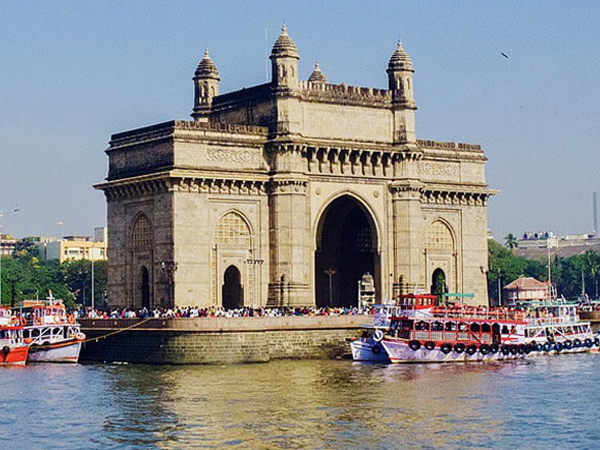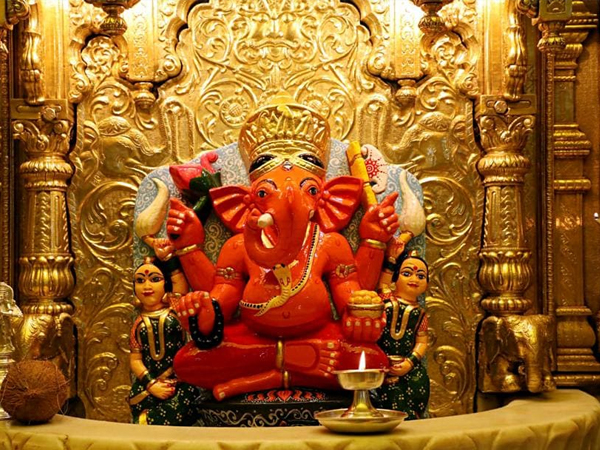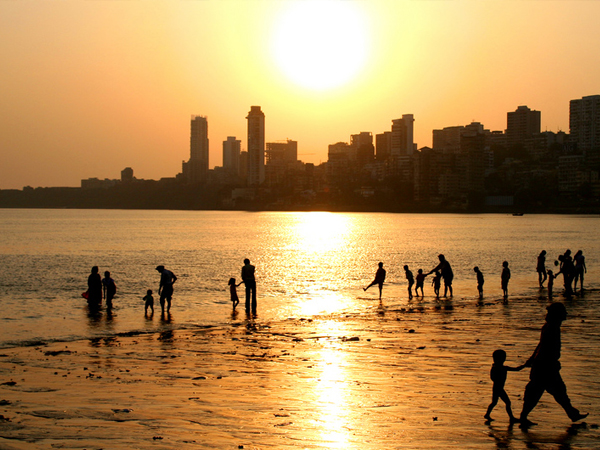Great Andamanese
The Great Andamanese Tribes of Andaman is settled presently on the Strait Island by the Andaman & Nicobar Administration. This was the most prominent tribe earlier before the establishment of Penal Settlement in the Andaman Islands. Various diseases, including influenza, etc., took a significant toll, and the population was reduced to present 43 individuals only. The Administration has provided houses and raised Coconut plantations for the upliftment of Andamanese. Further free ration including cloths is also being provided to them. As such, Andamanese is no longer a nomadic tribe. However, they do sometimes go hunting and fishing.
The great Andamanese is also known for their brave History, where they fought with bows and arrows with the English men who tried to occupy their land. On 14th May 1859, the great Andamanese having a soldier strength of 400-600 people, bravely fought the British soldiers who had modern equipment, thus having its impression in History as “The Battle of Aberdeen.” The Andaman Government set up a statue for these Brave Soldiers in the Sea Shore of Marina Park as a memorial as it brings the spark of the first freedom movement in Andaman and Nicobar Islands. The population of Great Andamanese is only 43 as per the census 2001.
Onges
Onges are one of the most primitive Tribes of Andaman. The Onges are inhabiting the Little Andaman Island. The Andaman & Nicobar Administration has also settled this Hunting and Gathering tribe at Dugong Creek and South Bay on Little Andaman Island. Coconut plantation has been raised for the benefit of Onges Medical care, and free ration, etc., are being provided t by the Administration. Onges go hunting and fishing occasionally. The present population of Onges is 96 as per the census 2001.

Jarwas
The Jarawas are presently inhabiting the Western coast of the Middle Andaman and South Andaman Islands. They are hostile and, at times, enter into areas where the Government has settled the Bengali and other people. The Andaman & Nicobar Administration has started the Contact Expeditions periodically to Jarawas to befriend them. The first friendly contact was made in 1974, and since then, the Jarawas are not hostile to the Contact Team, which go with gifts like Coconut, Banana, and other fruits.
Jarawas continue to be hunting and gathering nomadic tribes. They hunt wild pigs, monitor lizards with bows and arrows. The tips of the hand are made of Iron. Unlike Onges and Andamanese, Jarawas do not use dogs for hunting. Men fish with bows and arrows in the coastal waters, while women catch fish with baskets. Mollusks constitute a significant part of their Pisces food. Jarawas collect fruits and roots, including honey from the forest. They build temporary huts in their camps. They use crude rafts to cross creeks and streams. The population of Jarawas is 240 as per the census 2001.
Sentinelese
The Sentinelese tribe inhabits the small North Sentinel Island Tribes of Andaman. They also are hostile like Jarawas to outsiders. The Contact Expeditions of Andaman and Nicobar Administration goes to the North Sentinel Island periodically. A breakthrough was achieved when the Contact team of the Administration led by Shri S.A.Awaradi, former Director of Tribal Welfare, could establish the first-ever friendly contact with the Sentinelese on 4th January 1991. Since then, the Sentinelese have accepted gifts from the Contact Party. However, the Sentinelese continue to be skeptical about the outsiders, including the Contact Expedition Team.
Sentinelese are the hunting, fishing, and gathering tribe. They fish in the coastal waters with bows and arrows and hunt wild pigs available on North Sentinel island. Sentinelese have dug–out Canoe, which is used to move in the shallow coastal waters. They do not have oars, and therefore, Canoes are propelled with long poles. Sentinelese also builds temporary huts in their camps. Sentinelese, both men and women, do not wear clothes. The population of Sentinelese is 39 as per the 2001 census.
Visit MakeMyTrip for bookings. Also, have a look at our various monthly issues.




